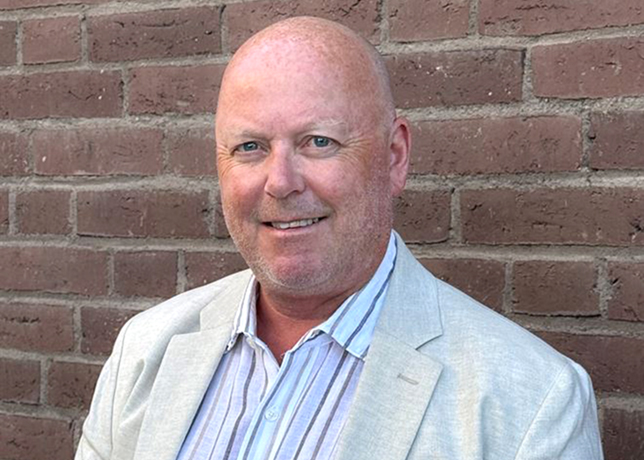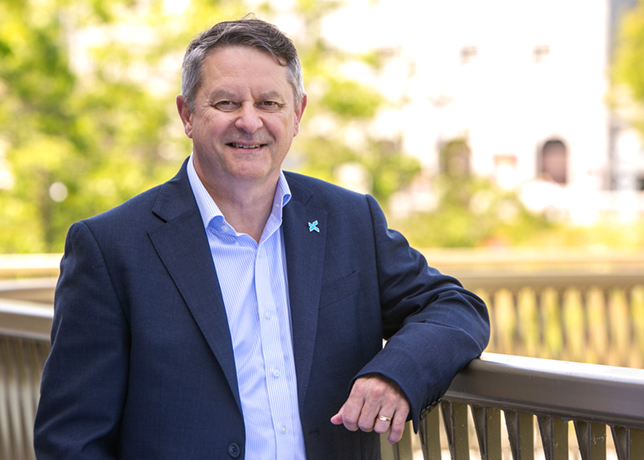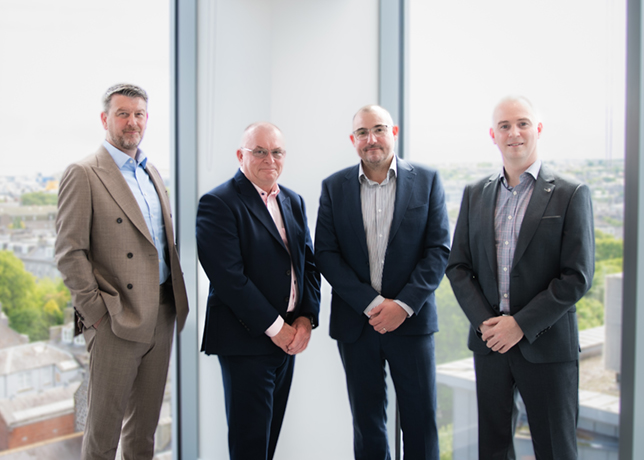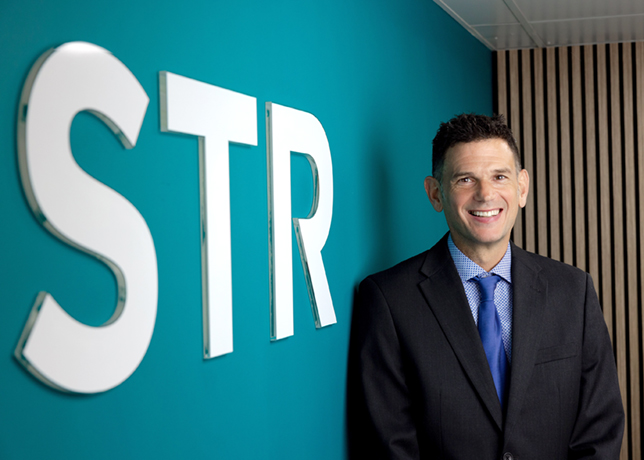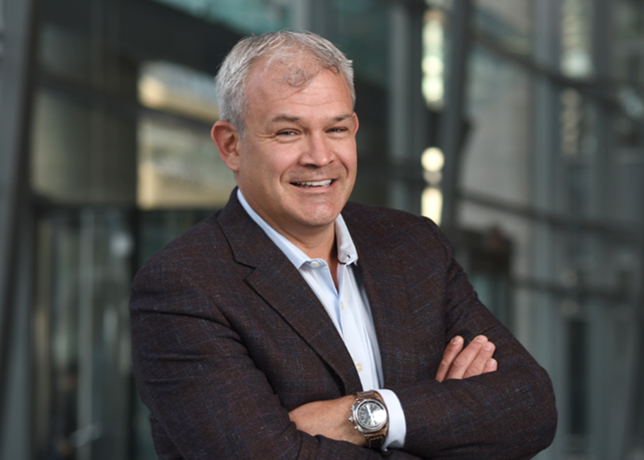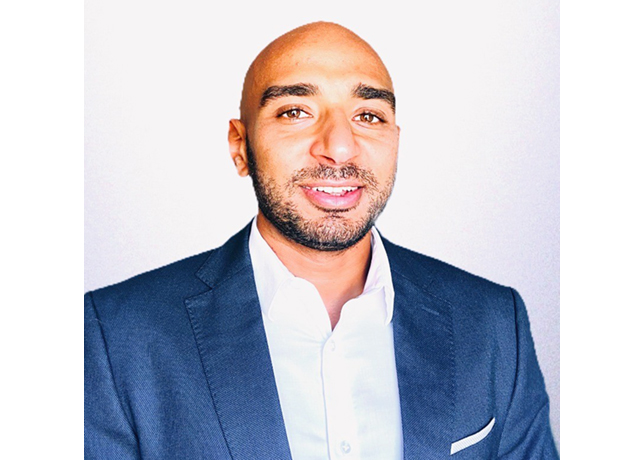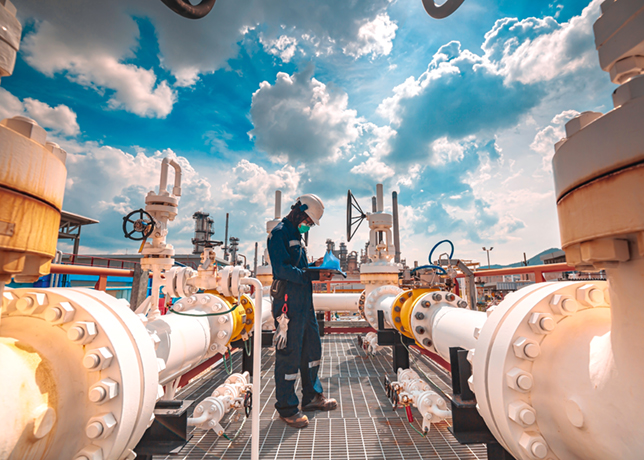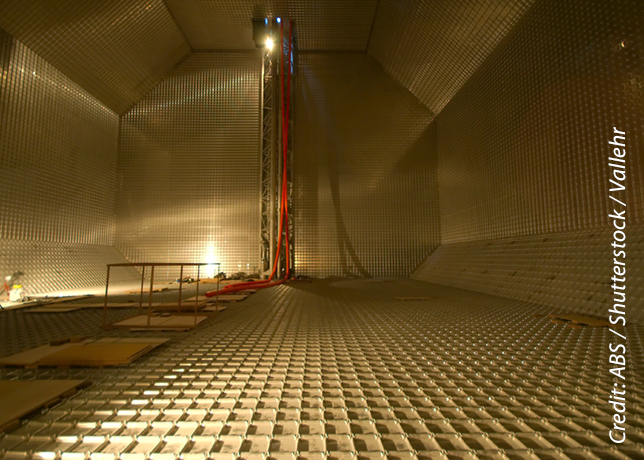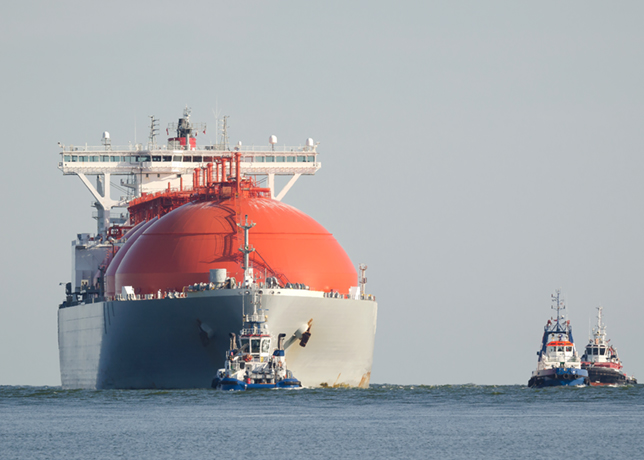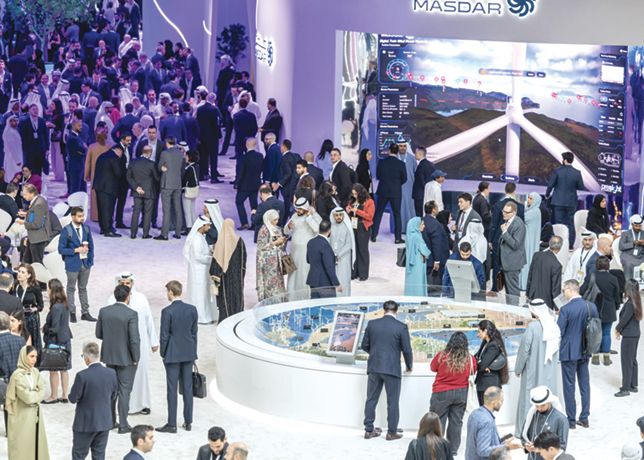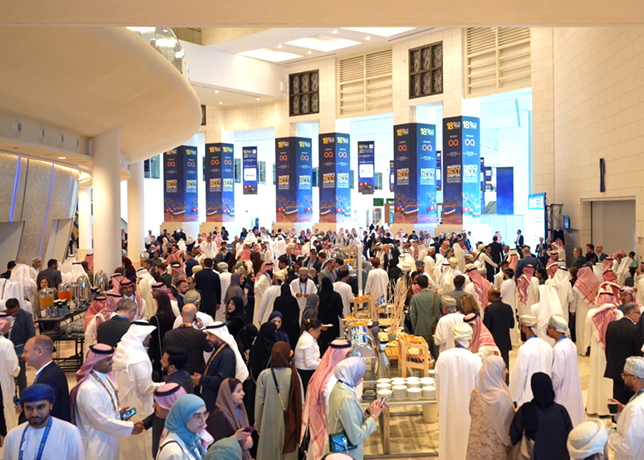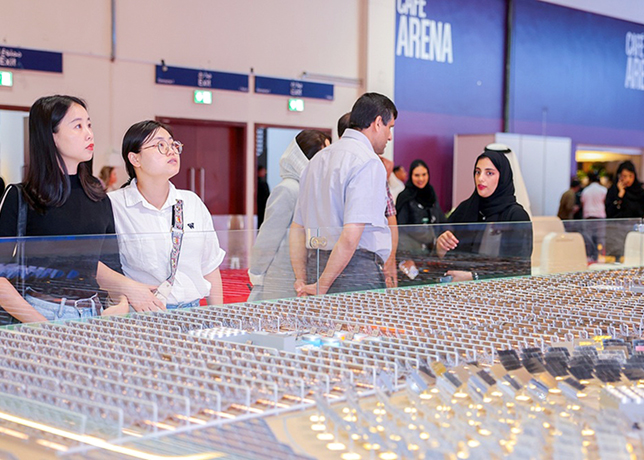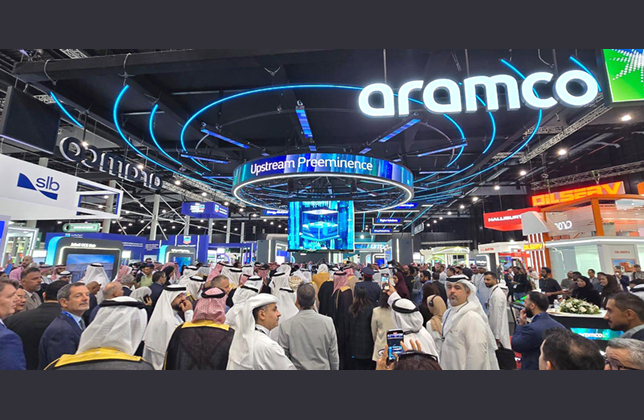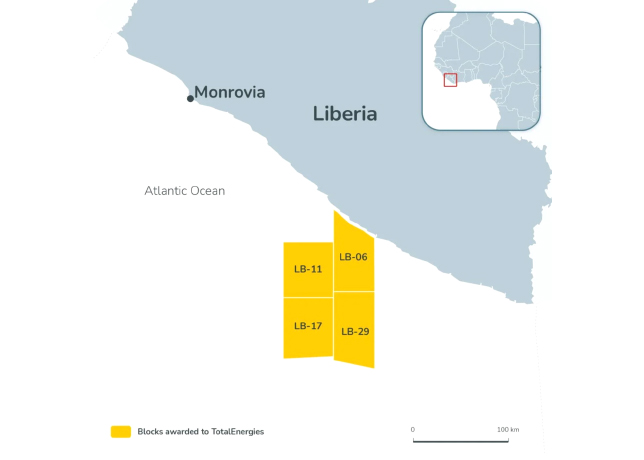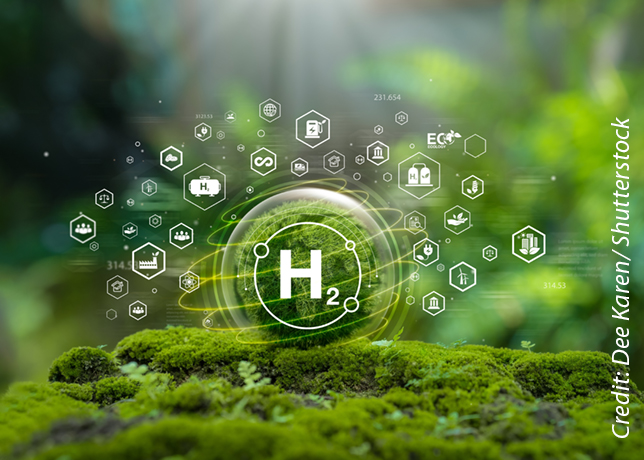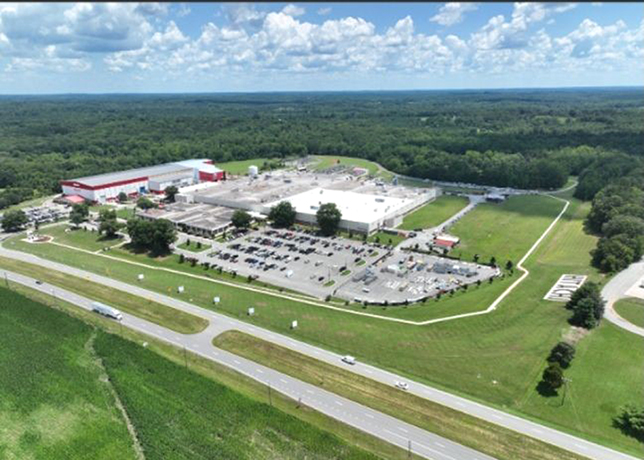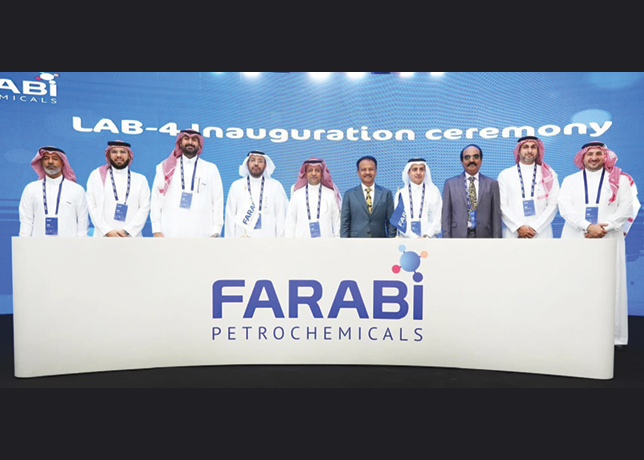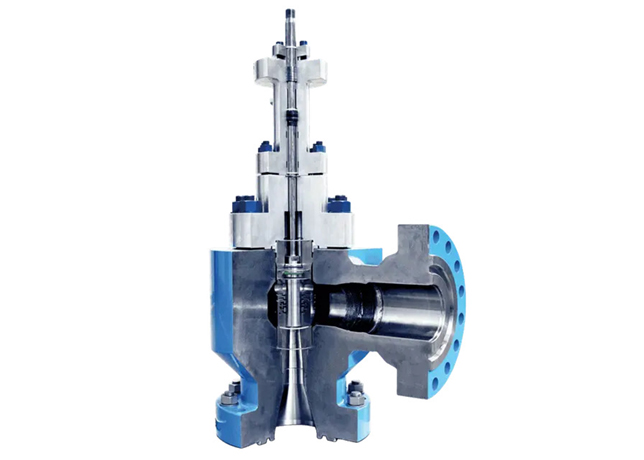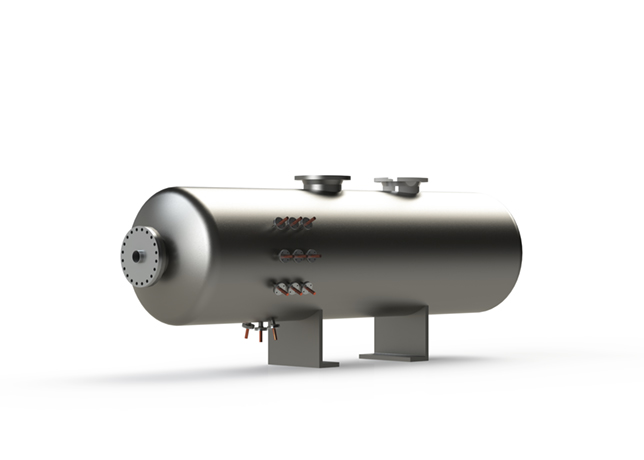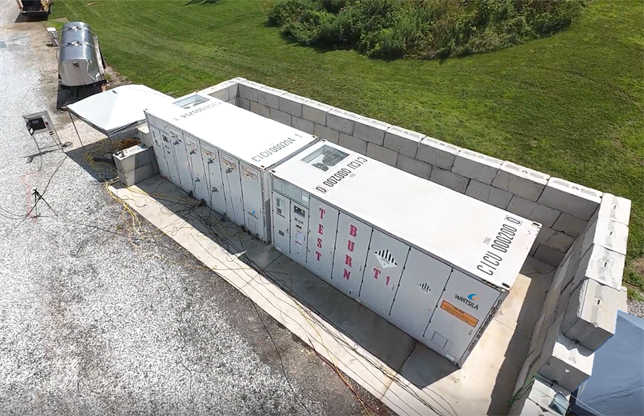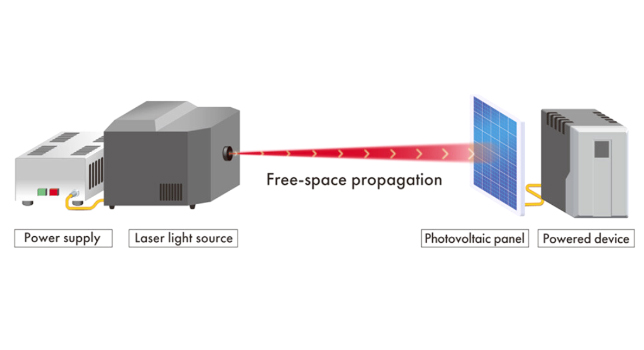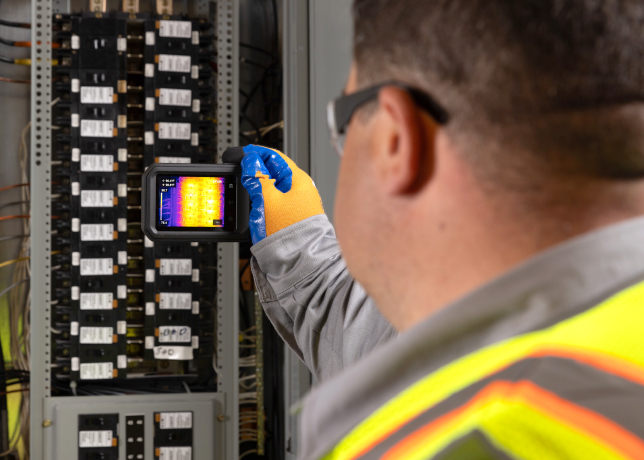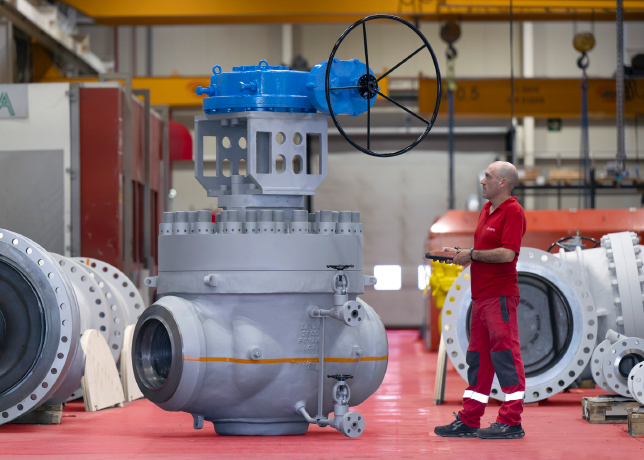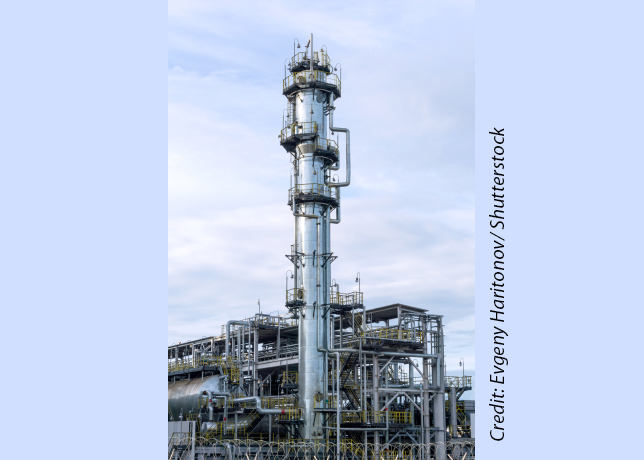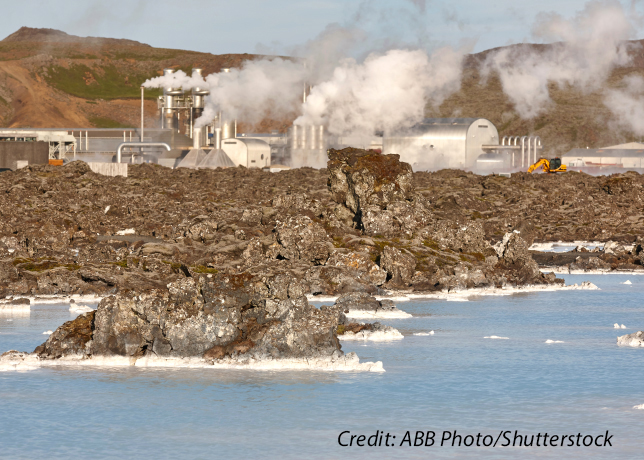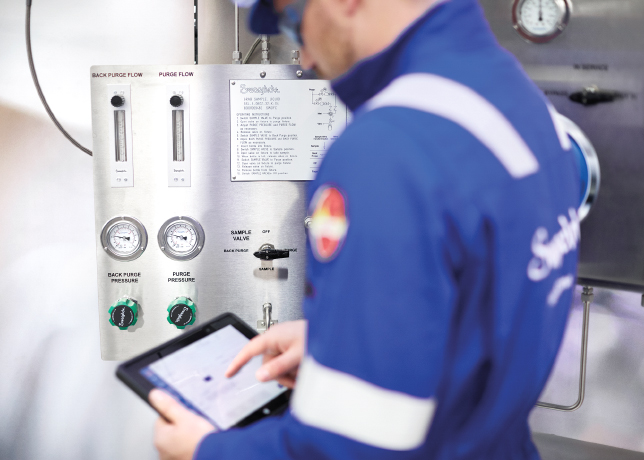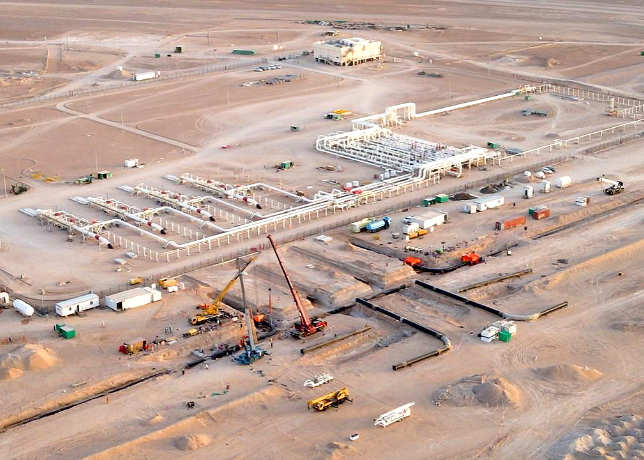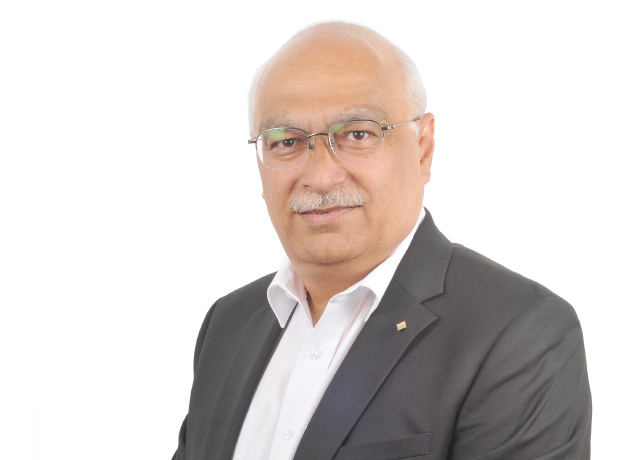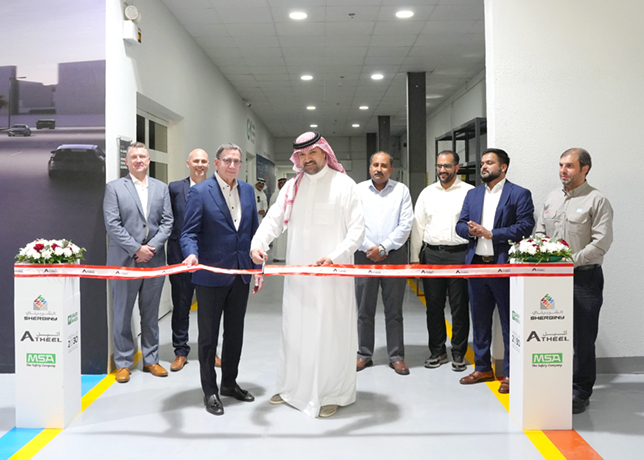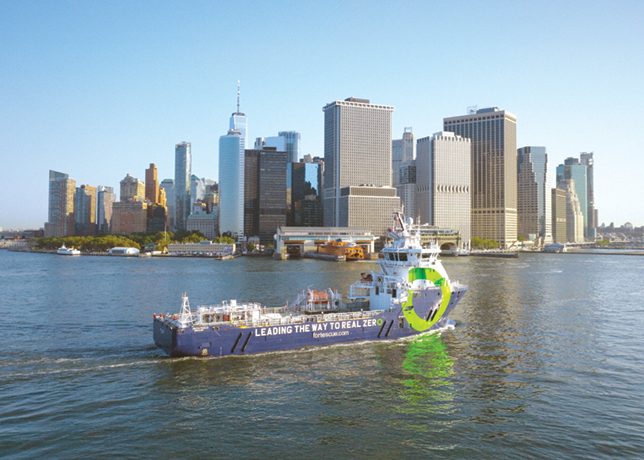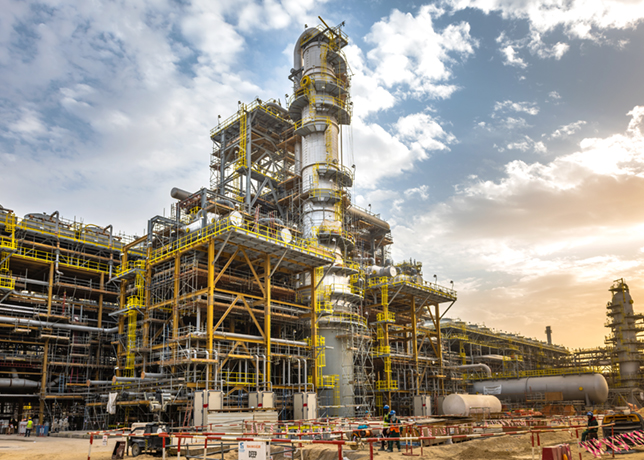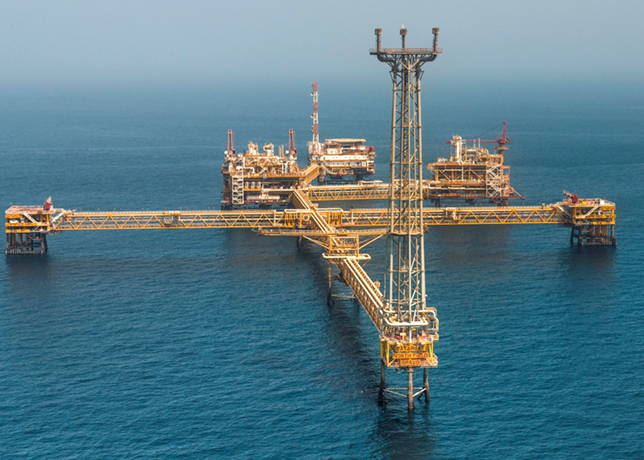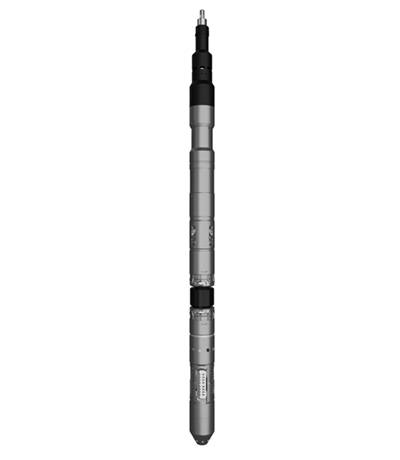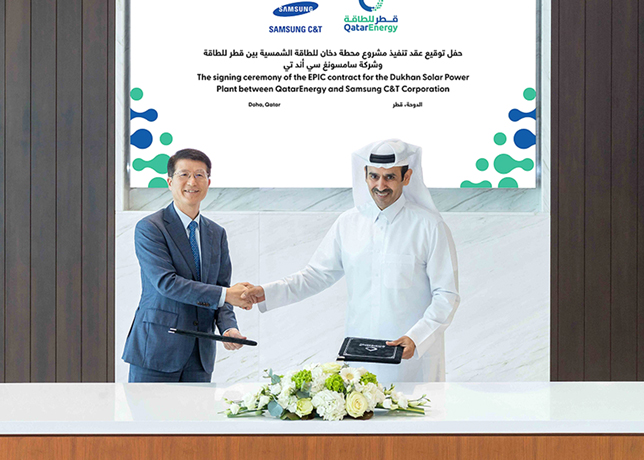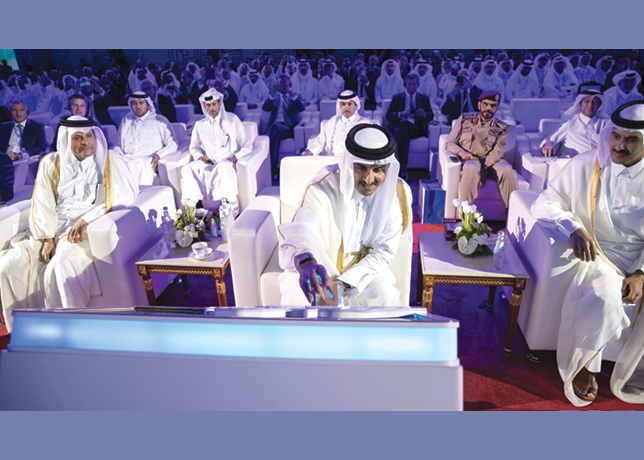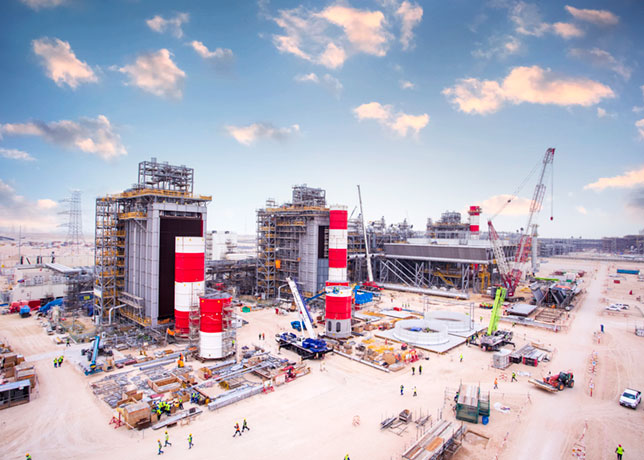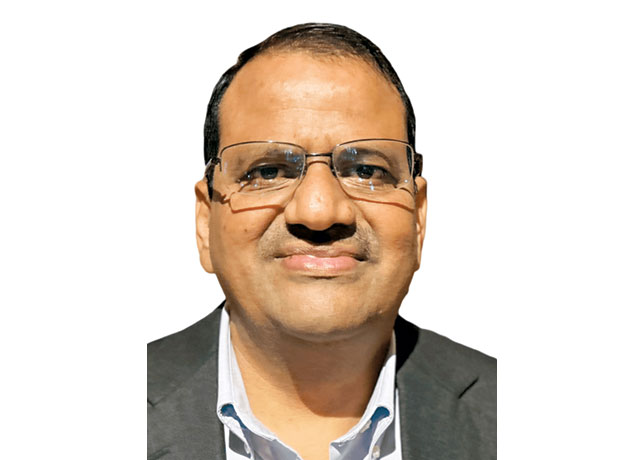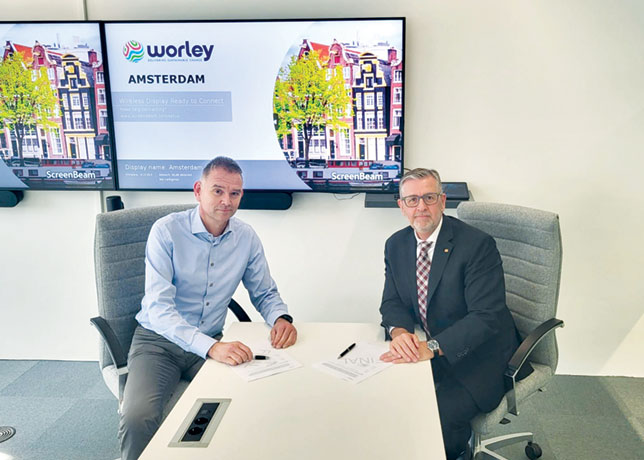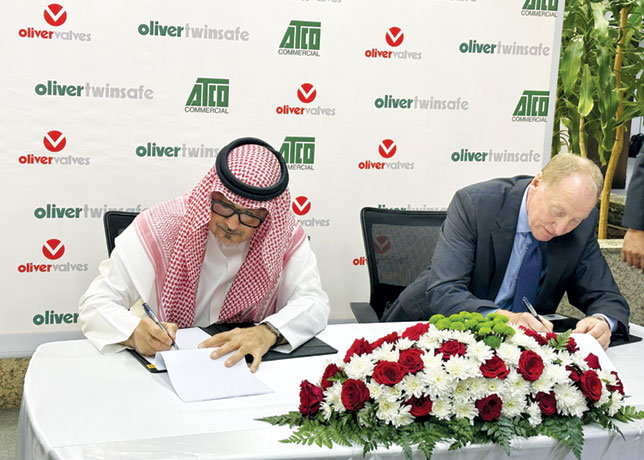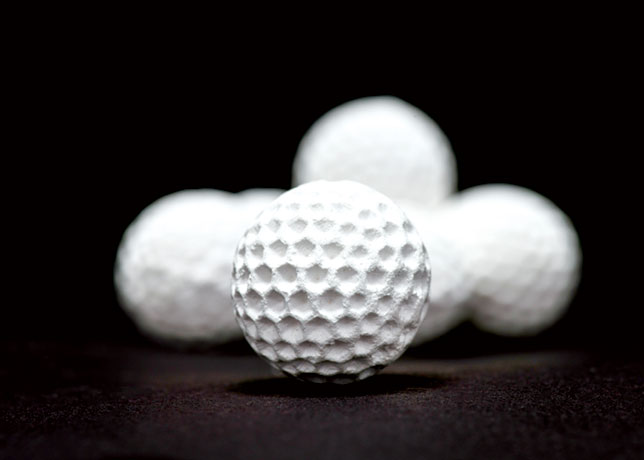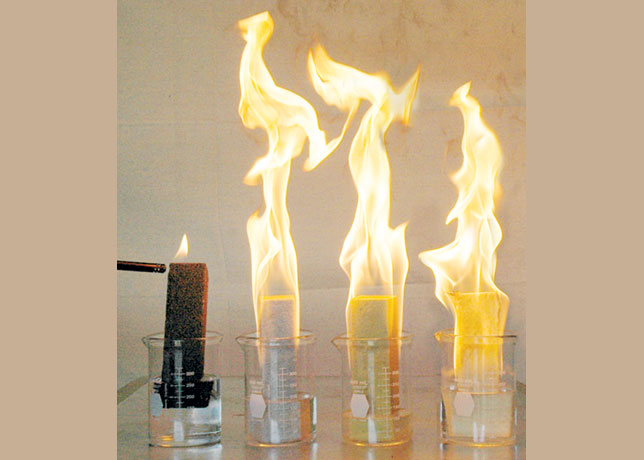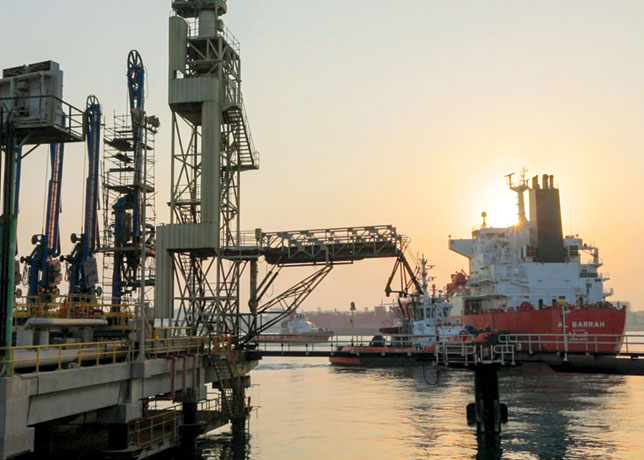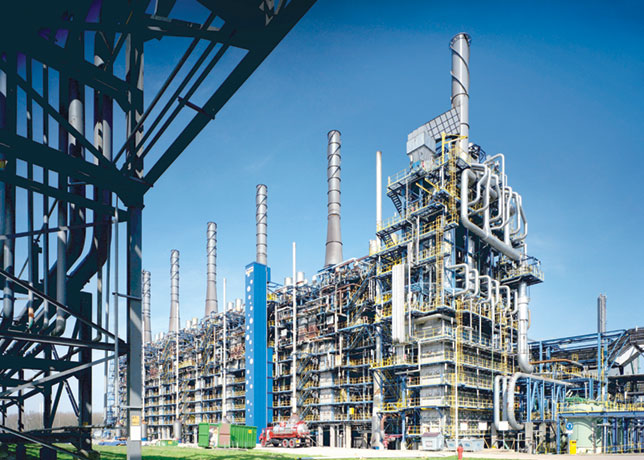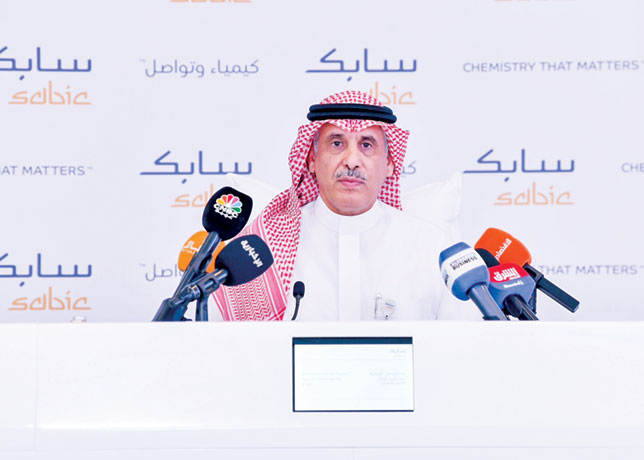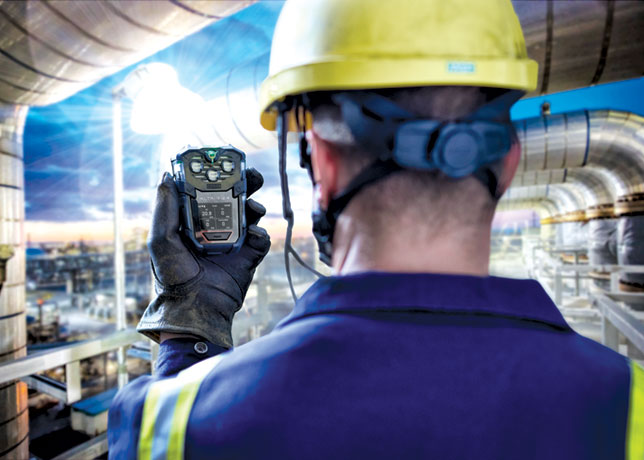
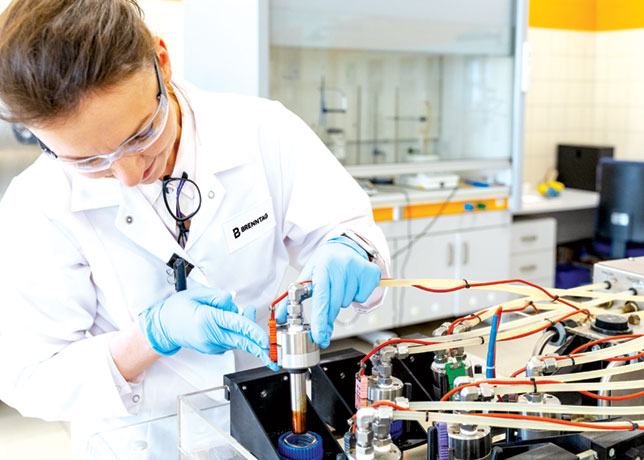 Brenntag focuses on safer product alternatives without compromising on product performance
Brenntag focuses on safer product alternatives without compromising on product performance
The chemical giant is investing in high-tech lab to develop drop-in replacements for toxic solvents used across EMEA industries, Dr Annika Herbst and Małgorzata Maranska tell OGN
Brenntag, a world leading chemical distributor, is stepping up efforts to help companies across Europe, the Middle East, and Africa (EMEA) transition away from hazardous substances.
With stricter safety rules, sustainability reporting requirements, and increasing customer demand for greener alternatives, the company is now offering specialised support to identify and develop safer chemical solutions.
The initiative will be spearheaded by Brenntag’s Energy Service expert team in Jankowice, Poland, where chemists and product developers will focus on formulating alternatives to high-risk substances.
The lab is equipped for advanced analytics, functional testing, and creating complex mixtures–key to replacing harmful ingredients without compromising performance.
Under the EU’s REACH regulation, certain chemicals are classified as substances of very high concern (SVHC) due to their potential dangers to human health and the environment.
In an exclusive interview with OGN energy magazine, Dr Annika Herbst, Technical Business Development Manager Sustainable Products, Business Development and Strategy Brenntag Essentials EMEA; and Dr Małgorzata Maranska, Senior Manager of R&D and Laboratory Department, Focus Industries Brenntag Essentials EMEA, shed light on how Brenntag is prioritising alternatives wherever feasible, particularly for solvents and other high-risk formulations.
'Brenntag is pioneering in many strategic sustainability topics. Central to this mission is building a portfolio and developing solutions for safer alternatives to harmful substances. To support our customers in accelerating their process to change to safer product alternatives, the new lab investigates safer alternatives across multiple applications within the broad Brenntag portfolio,' says Dr Herbst.
Dr Maranska says: 'Safer product alternatives, without compromising on product performance, is challenging for the industry. Brenntag Energy Services division in Poland has a team of expert scientists and state-of-the-art facility to evaluate alternatives across multiple applications. By joining forces in supporting our customers in their process to change, we have a meaningful influence on making the industry safer.'
The move reflects a broader industry shift toward sustainable chemistry, as companies face mounting pressure from regulators, investors, and consumers to adopt safer, greener practices.
Below are excerpts from the interview:
What challenges do industries in particular and those in this region face in accessing customised, application-specific safer chemical alternatives?
The primary challenge lies in designing safer chemical products that do not compromise on performance.
Many traditional raw materials used in industrial applications are classified as substances of very high concern (SVHC), SVHC candidates or carcinogenic, mutagenic, or reprotoxic (CMR), such as 2-mercaptoethanol, propargyl alcohol, benzene, and formaldehyde.
Finding viable alternatives that meet regulatory safety standards while still delivering the same effectiveness requires significant research and testing.
At the same time, it needs careful review on what the relevant performance criteria in the application are, how to measure them and willingness to re-evaluate long-established practices as well as giving new solutions a chance to prove their effectiveness.
In general, within our work in the EMEA region, we experience that our customers in various industries are looking for safer alternatives, as their use increases resilience and reduces risks.
What kinds of chemical substances are we talking about with regard to their levels of hazard?
We’re addressing substances that fall under SVHC, SVHC candidates and CMR classifications.
These include raw materials like 2-mercaptoethanol, propargyl alcohol, and solvents that contain hazardous impurities such as benzene, formaldehyde, paraformaldehyde, or 2-Methoxyethanol.
These substances pose health and environmental risks, hence the urgent need for safer alternatives.
Can you give some examples of alternatives, for example, alternative A for chemical A?
One example is the replacement of nonylphenol, a substance known for its environmental toxicity, in foaming agents with safer alternatives that maintain the same performance levels.
Another is the substitution of 4-tert-butylphenol and Phenol, alkylation products, common in demulsifiers, with safer, non-SVHC raw materials.
These alternatives have already been implemented in several product lines thanks to the research and development led by our Application and Innovation Centre in Jankowice.
What concerns have customers expressed regarding the effectiveness of the alternatives?
Initially, customers often express concerns regarding the performance, compatibility, and cost of alternative substances.
However, through testing and validation at our Jankowice laboratory, part of the Energy Services department, we ensure that replacements meet or exceed the functional performance of the original substances.
The lab’s capacity for simulating real-world application conditions builds confidence in these alternatives.
Will Brenntag develop a facility in the region to be closer to clients here?
While the Jankowice Application and Innovation Centre remains the core hub for developing safer alternatives, Brenntag is actively collaborating with local teams in Saudi Arabia and other Middle Eastern countries.
At this point, instead of duplicating facilities, we focus on strong regional partnerships, knowledge transfer, and technical training tailored to the Middle East.
This model leverages the high standards of our central lab while staying responsive and close to our regional clients.
Beyond the Middle East, how does Brenntag's commitment to safer chemical alternatives influence its global operations, and what lessons from other regions are being applied locally?
We are convinced that sustainability contributes to our mid-term commercial success. On the one hand we are reducing risks and on the other hand we are gaining opportunities.
Our safer alternatives programme is a concrete example for that, which constitutes the Global Safe Product Policy.
The Global Safe Product Policy takes on global responsibility by using REACH as a benchmark and applying it company-wide.
This policy aims to reduce the sale of substances of very high concern (SVHCs) by offering alternative products, demonstrating Brenntag’s commitment to the health of its customers and the environment.
The key elements of Brenntag’s global approach include:
• Global safe product policy: Adopted by the board of management, this policy is designed to gradually phase out SVHCs and replace them with safer alternatives that have lower toxicity, improved labeling, and reduced environmental impact.
• Worldwide implementation: Although REACH is an EU regulation, Brenntag applies its principles globally. This allows the company to leverage its application and technical expertise from EMEA to support partners in less regulated regions, including the Middle East, by offering proven, compliant solutions.
• By using safer chemicals, customers benefit from reduced operational risks, lower environmental impact, and simplified permitting processes. This not only leads to cost savings through less hazardous waste but also enhances their reputation through responsible and sustainable practices.
By Abdulaziz Khattak






